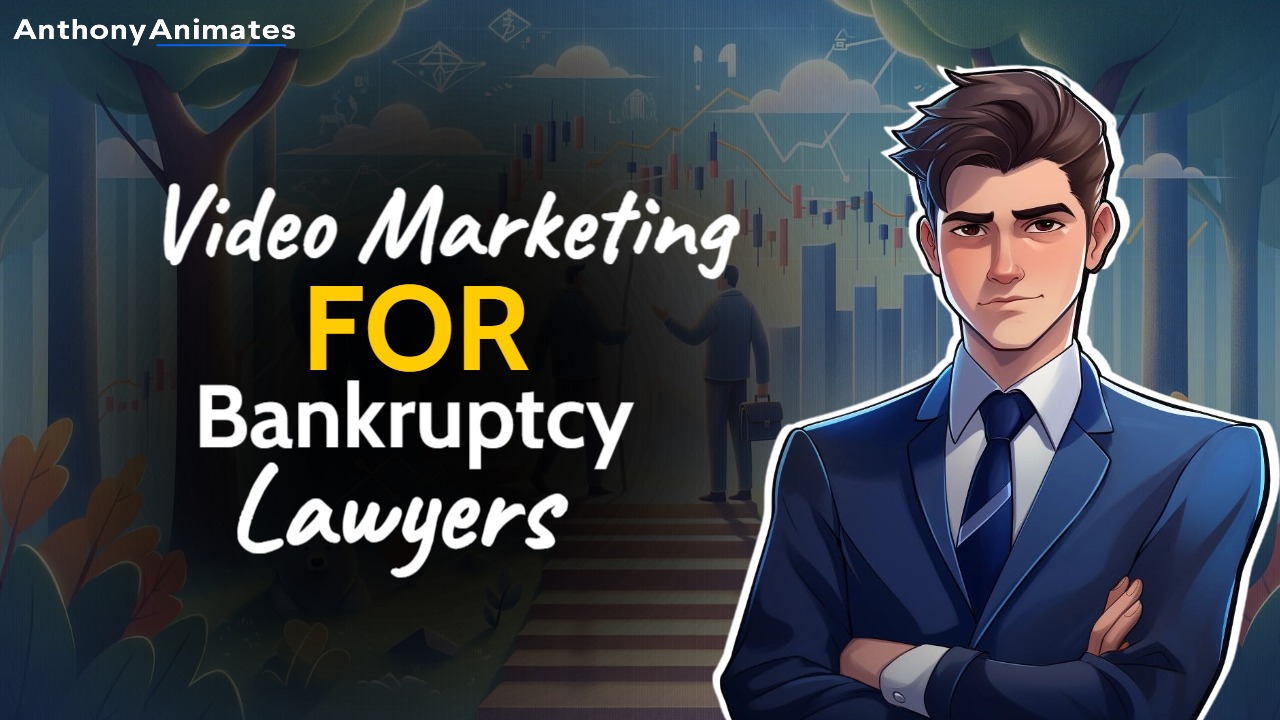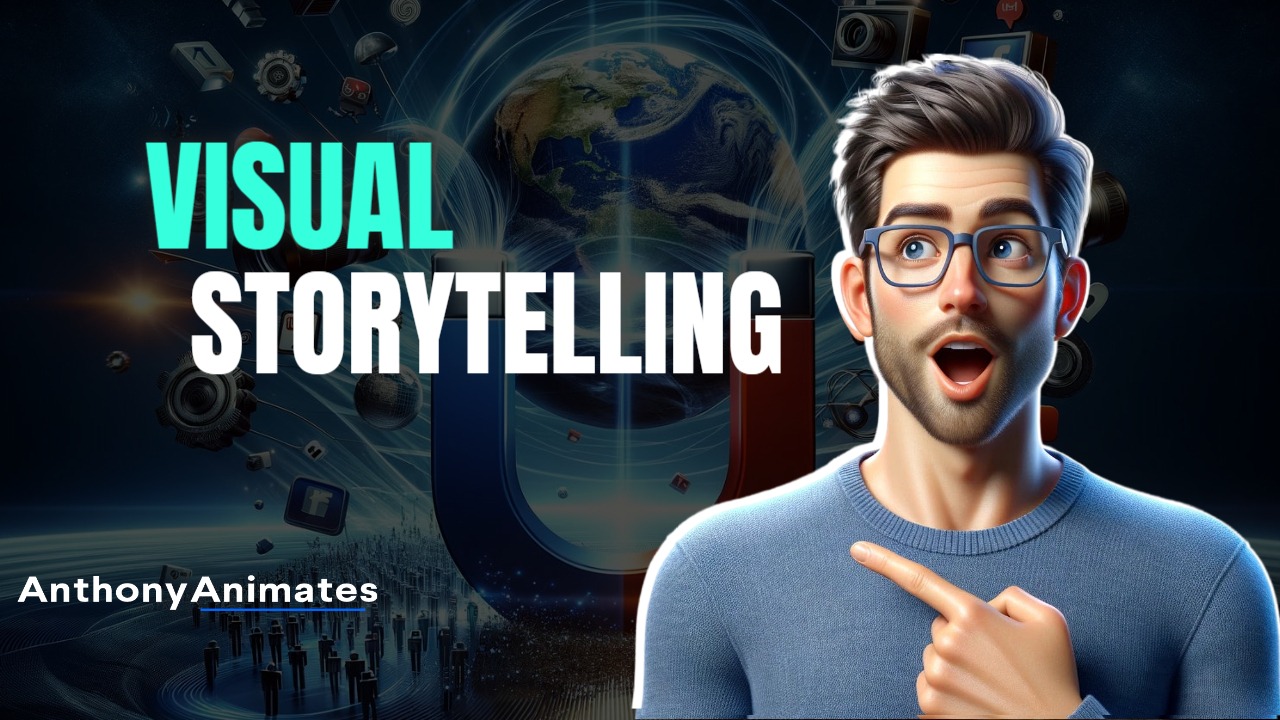Animation isn't just for cartoons anymore—it's a powerful tool for startups looking to communicate effectively and leave a lasting impression. Whether you need an explainer video or a unique marketing campaign, hiring the right animator is crucial. This guide will walk you through everything you need to know about bringing an animator on board, from types of animation services available to tips on selecting the best talent for your needs.
Key Takeaways
- Understand the Value of Animation: Animation can significantly enhance communication and storytelling for startups, making complex ideas accessible and engaging while strengthening brand identity.
- Select the Right Animator: Choose an animator whose skills and style align with your business needs by evaluating portfolios, conducting interviews, and checking references to ensure they understand your vision.
- Effective Collaboration is Key: Maintain open communication with your animator, set clear expectations, and provide constructive feedback to achieve the best results for your project.
Understanding the Role of an Animator
Animators are the creative wizards who bring static images to life, transforming them into dynamic visual stories. Their work involves creating sequences of images or frames that, when played in succession, produce the illusion of movement. This process can be used across various media, from digital platforms to film and television. For startups, engaging an animator can be transformative. They possess the skills to craft visuals that not only captivate but also communicate your brand's message effectively.
Types of Animators
When it comes to choosing the right type of animation for your startup, understanding the different styles is crucial. 2D animators create flat images that move on a two-dimensional plane. This style is perfect for explainer videos and simple storytelling due to its straightforward nature and cost-effectiveness. On the other hand, 3D animators work in a three-dimensional space, adding depth and realism to characters and environments—ideal for more immersive experiences or product demonstrations.
Then there's whiteboard animation, which involves drawing simple illustrations on a white background while narrating a story or concept. This style is particularly effective for educational content or simplifying complex information source. Each type serves unique business needs, allowing you to tailor your approach based on your specific goals.
Why Your Startup Needs an Animator
Animation is more than just eye candy; it's a strategic tool in marketing and communication that startups can't afford to ignore. With its ability to simplify complex ideas and engage audiences visually, animation can be a game-changer in generating leads and building brand identity.
Animation for Storytelling
Storytelling through animation offers startups a unique opportunity to connect with their audience on an emotional level. Unlike static images or text, animated stories breathe life into characters and narratives, creating memorable experiences that resonate with viewers source. Whether you're introducing a new product or explaining your services, animation can turn intricate concepts into digestible content that's both fun and informative.
Building Brand Identity
A strong brand identity sets you apart from competitors, and animation plays a pivotal role in crafting this identity. Through animated content, brands can develop a consistent visual style that aligns with their values and messages source. Tailored animations help make your brand memorable by establishing distinctive visual assets like animated logos or mascots that enhance recall among potential customers.
Where to Find the Right Animator
Finding the right animator involves exploring both online platforms and local resources tailored to meet your startup's specific needs.
Online Platforms
Platforms like Upwork, Fiverr, and Twine are popular choices for hiring freelance animators online:
- Upwork offers access to a vast pool of talent where you can review profiles and portfolios before making a hire.
- Fiverr allows you to browse through various service offerings with transparent pricing options.
- Twine connects you with vetted freelancers who specialize in creative industries source.
Each platform has its pros—Upwork provides extensive freelancer management tools; Fiverr offers budget-friendly options; Twine focuses on quality over quantity—but they all require careful vetting of candidates.
Local Resources
Don't overlook local talent! Local animation studios or independent freelancers might offer personalized services that align closely with regional market trends or cultural nuances relevant to your business area source. Engaging locally also facilitates face-to-face collaboration opportunities which often lead directly towards better project outcomes due largely because it enables clearer communication channels between client-and-provider relationships ensuring mutual understanding regarding expectations throughout each phase within production cycles themselves too!
How to Choose the Best Animator for Your Project
Choosing the right animator can make or break your project. It's not just about finding someone who can animate; it's about finding a partner who understands your vision and can bring it to life in a way that resonates with your audience. Here are some actionable steps to ensure you select the best talent for your needs.
Evaluating Portfolios
An animator's portfolio is their visual resume, showcasing their skills, style, and creativity. When evaluating portfolios, look for:
-
Style Consistency: Does the animator have a distinct style that aligns with your brand? Portfoliobox suggests looking for consistency in style which indicates professionalism and reliability.
-
Quality of Work: Assess the technical aspects of their animations. Are they smooth and well-executed? High-quality work often reflects an animator's attention to detail.
-
Relevance: Ensure their past projects are relevant to what you're envisioning. If you're aiming for a 3D explainer video, check if they've successfully completed similar projects before.
Conducting Interviews
Once you've shortlisted potential animators, it's time to dive deeper through interviews. Here are some questions to consider:
-
Creative Process: Ask about their creative process. Understanding how they approach projects can give you insight into how they'll handle yours (FinalRoundAI).
-
Technical Skills: Inquire about specific software they're proficient in, especially if your project requires specialized tools (Indeed).
-
Problem-Solving Abilities: Animation projects often encounter hurdles. Ask how they've overcome challenges in past projects (CLIMB).
Cost Considerations When Hiring an Animator
Understanding the financial aspects of hiring an animator is crucial for effective budgeting. Costs can vary widely based on several factors:
Factors Influencing Cost
-
Project Complexity: More intricate animations require more time and expertise, which increases costs.
-
Animator Experience: Seasoned professionals typically charge more but bring valuable expertise to your project.
-
Duration and Scope: Longer or more comprehensive projects naturally incur higher fees.
Setting a Budget
To set a realistic budget:
-
Research Average Costs: Understand typical rates within the industry by browsing platforms like Upwork or Fiverr.
-
Consider Long-Term Benefits: While it might be tempting to cut corners initially, investing in quality animation can yield significant returns by enhancing brand perception and engagement over time.
Tips for Working Successfully with an Animator
A successful animation project hinges on effective collaboration between you and your animator. Here’s how you can foster a productive working relationship:
Clear Communication
Maintaining open lines of communication is key:
-
Regular Updates: Schedule regular check-ins to discuss progress and address any concerns early on.
-
Detailed Briefs: Provide comprehensive briefs at the start of the project outlining goals, timelines, and expectations clearly.
Providing Feedback
Constructive feedback is essential for refining animations:
-
Be Specific: Instead of vague comments like "I don't like this," specify what isn't working—be it color schemes or movement pacing.
-
Balance Praise with Critique: Acknowledge what's working well alongside areas needing improvement to keep morale high while ensuring quality output.
By focusing on these elements—evaluation processes, cost considerations, and collaboration techniques—you'll be well-equipped to hire an animator who not only meets but exceeds your expectations.
Common Mistakes to Avoid When Hiring an Animator
When it comes to hiring an animator for your startup, avoiding common pitfalls can make the difference between a successful project and a costly misstep. Here are some mistakes you should steer clear of:
Overlooking Experience
One of the biggest mistakes startups make is focusing too much on cost and not enough on experience. While it's tempting to hire a less expensive animator, this can lead to subpar results. Experienced animators bring valuable skills and insights that can elevate your project beyond just getting the job done. They understand how to effectively communicate ideas through animation and have a track record of delivering quality work.
Instead of opting for the cheapest option, consider investing in an animator who has proven expertise in your field. Look for portfolios that showcase their ability to handle projects similar to yours, and don't hesitate to ask for references or testimonials from previous clients.
Ignoring Brand Alignment
Another common oversight is neglecting brand alignment when choosing an animator. Your brand identity is crucial, and any content you produce should reflect it accurately. An animator whose style doesn't match your brand's voice can lead to a disjointed message that confuses your audience rather than engaging them.
To avoid this mistake, ensure that the animator's style aligns with your brand ethos before making a decision. Review their previous work critically—does it resonate with the image you want to portray? Are they capable of maintaining consistency with your existing branding materials? Discuss these elements during interviews or initial meetings to gauge whether they truly understand and can execute your vision.
By being mindful of these common mistakes—overlooking experience and ignoring brand alignment—you'll be better positioned to select an animator who will effectively contribute to your startup's success. For more insights on avoiding hiring pitfalls, this Medium article offers additional tips tailored specifically for animation projects.
Bringing Your Vision to Life with the Right Animator
Hiring an animator can be a transformative step for your startup, turning complex ideas into captivating stories that resonate with your audience. By understanding the diverse roles animators play and the value they bring, you can make informed decisions that align with your business goals. From exploring different types of animation to finding the perfect match on platforms or locally, each step is crucial in building a strong brand identity and engaging your audience effectively.
Remember to prioritize experience and brand alignment over cost alone, ensuring that the animator you choose can deliver high-quality work that reflects your unique vision. Effective communication and constructive feedback will help foster a successful collaboration, leading to a final product that exceeds expectations.
By avoiding common pitfalls and following these guidelines, you're setting up your startup for success in the competitive landscape of digital marketing. Animation isn't just an artistic endeavor—it's a strategic investment in your brand's future. So take the leap with confidence and watch as your ideas spring to life in ways you never imagined possible.
Related Articles
- Hire an animator: A Comprehensive Guide – Anthony Animates
- Explainer Video Services Startups | Simplify Your Story
- Animated Marketing Videos: Boost Engagement Today
- Explainer Video Services for Startups | Anthony Animates
- Company Video Marketing – Anthony Animates
Frequently Asked Questions
How do I determine the right type of animator for my startup's project?
Choosing the right animator depends on your specific needs. If you're looking for straightforward storytelling or explainer videos, a 2D animator might be ideal. For more immersive experiences or product demos, consider a 3D animator. Whiteboard animators are great for educational content or simplifying complex ideas. Evaluate your project's goals and choose an animation style that best fits those objectives.
What should I look for in an animator's portfolio?
An effective portfolio should showcase consistency in style, high-quality work, and relevance to your project. Look for animations that resonate with your brand's identity and ensure the technical aspects are smooth and well-executed. Past projects similar to what you envision can indicate the animator's capability to meet your needs.
Where can I find reliable animators online?
Popular platforms like Upwork, Fiverr, and Twine are excellent starting points for finding freelance animators. Each platform offers different advantages; Upwork provides detailed freelancer management tools, Fiverr offers budget-friendly options with clear pricing, and Twine focuses on connecting you with vetted creative freelancers.
How much does it typically cost to hire an animator?
The cost of hiring an animator varies based on several factors such as project complexity, the experience level of the animator, and the duration of the project. More intricate projects require more time and expertise, which can increase costs. It's important to research average rates in the industry and set a realistic budget that considers both short-term expenses and long-term benefits.
What are some common mistakes to avoid when hiring an animator?
Avoid overlooking experience in favor of lower costs; experienced animators bring valuable skills that can enhance your project significantly. Additionally, ensure that the animator's style aligns with your brand identity to maintain consistency across all marketing materials. Ignoring these aspects can lead to subpar results and a disjointed brand message.


